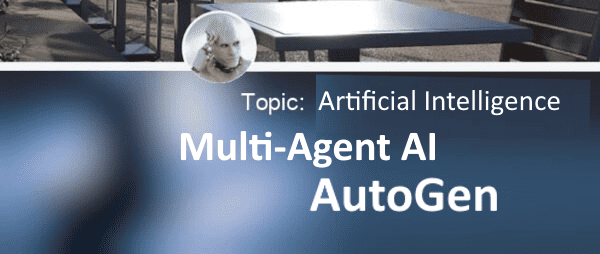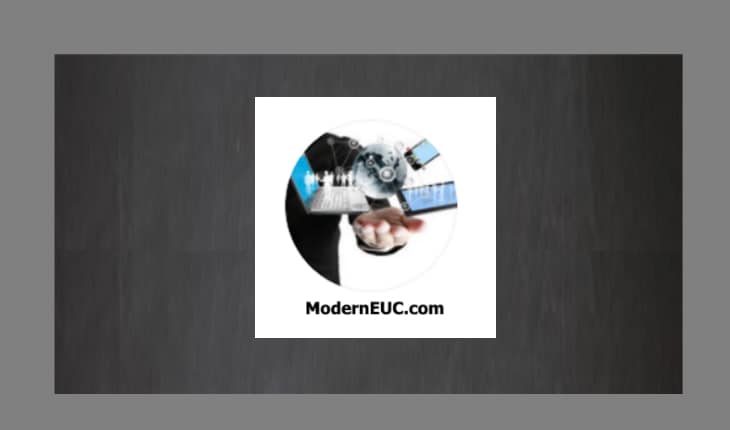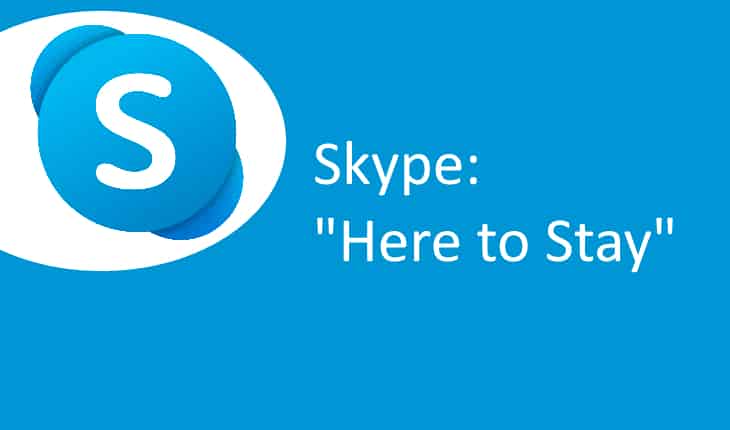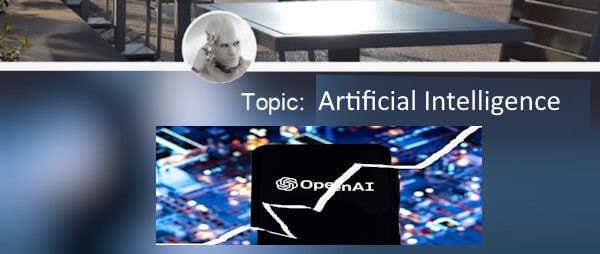Microsoft AutoGen – AI Multi-Agent Framework

Part of: AI Learning Series Here
I know we are all excited about how we communicate with AI. Chatting in our own human (natural) language with a computer to create content, code and graphics is a big deal!
If you are like me, you are using GenAI in a sequential matter, prompt after prompt, reading response after response, and then taking the next action (prompting again) based on it, until you get to your desired end result.
Most of us are still learning how to communicate with our GenAI chatbots (Bing / ChatGPT and others) to expedite our work (research, summarize data, write content (text, graphics, code), which takes time and patience. However, if you are beyond the time-consuming experimentation phase and you are now used to the best practices of asking questions to AI (prompt engineering) – then congrats to you!! I bet your productivity is off the roof and you are saving lots of time!
However,
There is only so much you can do with a single prompt!
Naturally the next phase you may be thinking about might be can this iterative process be fully automated.
Enter: AI talking to AI to solve problems
Of course, the answer is YES it can!
Although there are any caveats, disclaimers and warnings attached to it, this is the concept is that of multi-agents working together behind the scenes to accomplish your goal. Each goal can be divided into many tasks which need to be completed. This workflow is dynamic, and it depends on the goal trying to be achieve.
AutoGen from Microsoft Research
Microsoft is not the first one to come up with a framework or product, there are earlier product and companies going at it like AutoGPT (launched in April 2023), MetaGPT, BabyAGI, and SuperAGI
From Microsoft:
AutoGen is a framework for simplifying the orchestration, optimization, and automation of LLM workflows. It offers customizable and conversable agents that leverage the strongest capabilities of the most advanced LLMs, like GPT-4, while addressing their limitations by integrating with humans and tools and having conversations between multiple agents via automated chat.
AutoGen: Enabling next-generation large language model applications – Microsoft Research
AutoGen is an open-source, community-driven project under active development which was first seen in mid 2023, in GitHub as a dev experiment. Then in August 2023, Microsoft published a paper which two months later had the full marketing pages behind it. Simply amazing speed.
Microsoft AutoGen allows you to create as many autonomous agents as you want and have them work together to do things.
- You define which LLM you want to use (there are multiple to use from)
- Define the different agents that you want and the roles you want them to embody to perform tasks.
- Assign where the data will be shared.
- Specify how the communications protocols between the agents will work.
- Provide the user agent with the prompt of the goal you want to solve and send them off working together until the task is completed.
- Read or check the end-result!
Ok, it is not that easy, at a very high level that is what it takes.
In order to build a complex multi-agent conversation, you need to define a set of agents with specialized capabilities and roles they will take in the effort. For example, if we’re building an engineering team out of AI agents, we might have one that’s an engineer, another that’s a project manager another that’s quality assurance and so on and then you define the interaction.
References:
- Multi-Agent GPT contenders | LinkedIn
- Task-driven Autonomous Agent Utilizing GPT-4, Pinecone, and LangChain for Diverse Applications – Yohei Nakajima (March 28, 2023)
- AutoGen – Microsoft Research
- AutoGen: Enabling next-generation large language model applications by – Microsoft Research
- YouTube video by Mathew Berman: 10/2/2023 AutoGen Tutorial Create Custom AI Agents EASILY (Incredible)
- YouTube video by Mathew Berman: 10/10/2023: AutoGen FULL Tutorial with Python (Step-By-Step)
- GitHub – microsoft/autogen: Enable Next-Gen Large Language Model Applications. Join our Discord: https://discord.gg/pAbnFJrkgZ
- AutoGen | AutoGen (microsoft.github.io)





